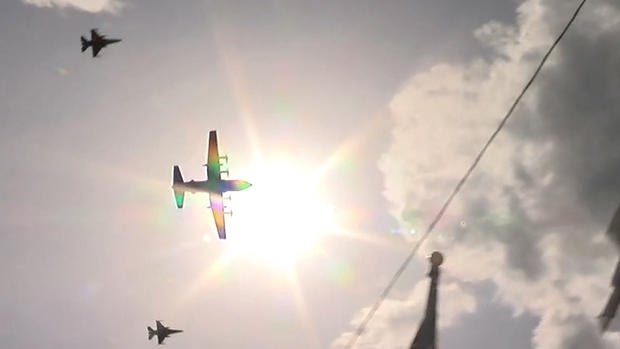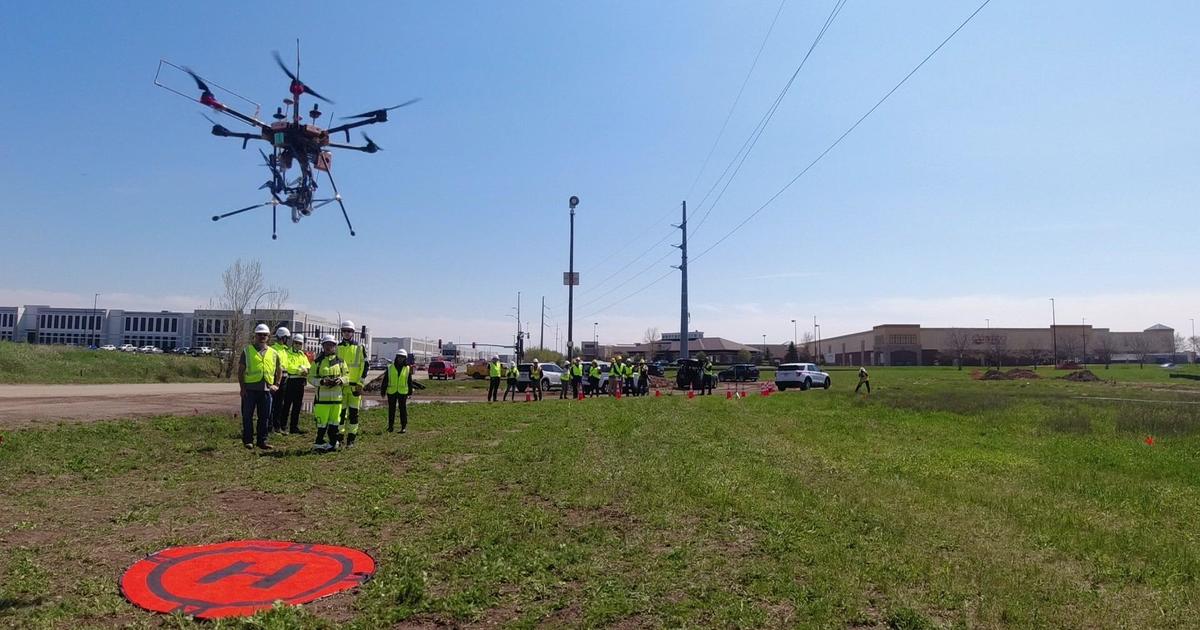How Do Flyovers Come Together?
MINNEAPOLIS (WCCO) -- It's a tradition that comes along with Minnesota Twins home openers: F-16s from the Minnesota National Guard's 148th Fighter Wing based out of Duluth soaring over Target Field as soon as the National Anthem is finished.
For only the second time since Target Field opened, the flyover had to be called off due to weather, more specifically low cloud cover. The cancellation happened about an hour before the scheduled flight, but after days of preparation.
So, how to flyovers come together? Good Question.
"It's a great training opportunity for us," said Minnesota National Guard Lt. Col. Scott Meyer. "But as well as a recruitment tool to show the people of Minnesota that the 148th fighter wing exists -- sometimes people don't we're up there in Duluth."
In addition to the Twins home opener flyovers, the 148th Fighter Wing has flown over Target Field for the Twins' Armed Services Appreciation Day as well as over downtown metro hospitals to show their appreciation for frontline healthcare workers last May.
The preparation for a flyover begins months in advance, when an organization officially requests a flyover from the Department of Defense. Once it's granted, the crew at the 148th Fighter wing spend hours mapping and planning out the exact route.
"You need to know where everything is, so safety never becomes an issue," said Meyer.
It takes between 20 to 25 minutes to fly the F-16 from Duluth to Minneapolis, depending on much fuel the pilots want to burn.
The jets will then hold south of MSP airport to stay away from air traffic. After being given a detailed schedule from the Minnesota Twins, the pilots start flying towards downtown Minneapolis.
"We actually have tools in our aircraft where we can pinpoint the exact time that we want to hit a specific steer point or a point over the ground," said Meyer. Had Thursday's flyover not been cancelled, he would have been on the ground at Target Field giving timing and direction to the pilots in the air.
Meyer estimates the pilots are traveling at about 350 miles per hour when they cross over Target Field. The flight is used as part of the pilot's training. Normally, they are flying in northern Minnesota and over Lake Superior.
"It's a great opportunity to show what we do," he said. "Sporting events and jet noise go hand in hand. It gets people excited, it get the pilots excited."




